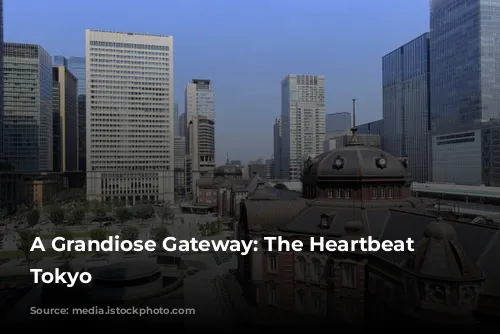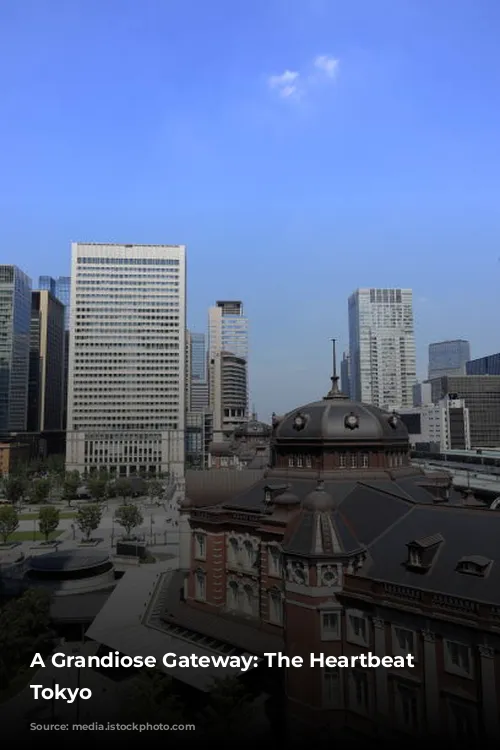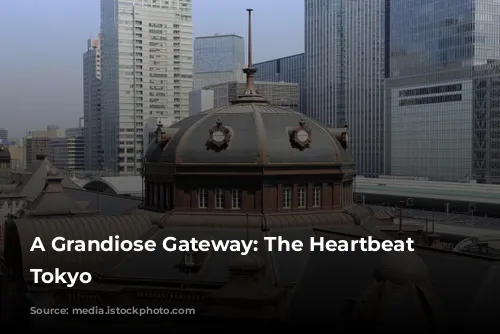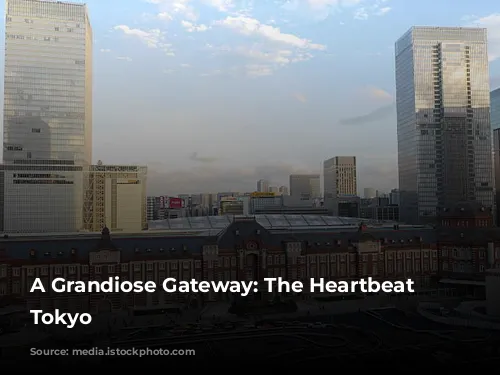Tokyo Station, a towering symbol of the bustling metropolis, stands proudly in the heart of Chiyoda Ward. This architectural marvel is more than just a train station; it’s a thriving hub of commerce, culture, and history. With its grand facade, bustling shopping arcades, and a plethora of services, Tokyo Station is a must-visit for any traveler exploring the city.

A Symphony of Transit
Tokyo Station is the busiest railway station in Japan, handling a staggering 3,000 to 4,000 trains daily. It serves as the terminus for the majority of Shinkansen bullet trains, connecting Tokyo to the rest of the country. The surrounding Marunouchi buildings, with their modern renovations, and the sprawling underground shopping areas, stretching all the way to the Yaesu exit, add to the station’s captivating allure.
This bustling transportation hub holds multiple records: it boasts the highest revenue among train stations in Japan, features 14 platforms, including the world’s busiest (the Tokaido Shinkansen), and its grand facade stretches over 300 meters long. With an area equivalent to 3.6 times the size of the Tokyo Dome, Tokyo Station is a testament to Japan’s architectural and engineering prowess.
A Journey Through Time
Tokyo Station’s history is as fascinating as its present-day grandeur. Built during the Meiji and Taisho eras, its iconic west side, a European-style masterpiece designed by Kingo Tatsuno, stands as a testament to the country’s diverse influences. The construction required the tireless efforts of 740,000 workers, over eight million red bricks, and spanned six years.
In 1914, the station opened its doors, initially known as “Central Station”, serving four lines and welcoming 4,600 passengers daily. Through the years, Tokyo Station has witnessed both triumph and tragedy. It was damaged by the Great Kanto Earthquake in 1923 and World War II bombings. The station also tragically bore witness to the assassination of two Japanese prime ministers.
Despite facing these challenges, Tokyo Station has always persevered. A major renovation in 1947 saw the loss of a floor. However, an extensive restoration project in the early 21st century brought the station back to its former glory. The Marunouchi side was meticulously renovated and upgraded to meet earthquake-resistant standards, a five-year endeavor completed in 2012 at a cost of ¥75 billion (approximately $532.3 million).
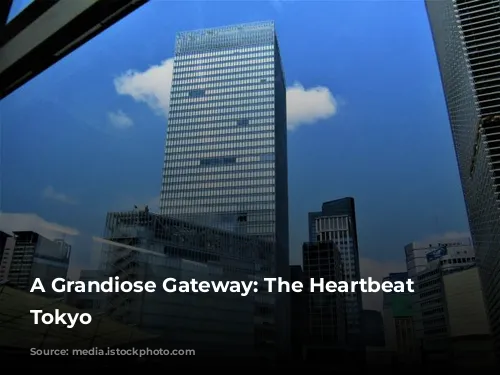
A City Within a City
The Yaesu side, on the east side of the station, underwent its own transformation, with new buildings, passages, and expansive glass canopies. In 2023, the Tokyo Midtown Yaesu complex, encompassing a large shopping mall and the station’s bus terminal, was inaugurated, further enhancing the station’s appeal.
The future of Tokyo Station is bright, with ambitious projects already underway. In 2015, Mitsubishi Estate announced the construction of the “Torch Tower”, a 390-meter skyscraper, set to be the tallest building in Japan. This ambitious project, with its luxury hotel, offices, shops, and an observatory, is expected to be completed in 2027.

A Labyrinth of Delights
Beneath the bustling surface of the station lies a complex network of underground passages, connecting six nearby stations. One passage extends for over two kilometers, making it a true subterranean labyrinth. A project to connect bus lines to these galleries is underway, ensuring seamless transportation throughout the area.
This subterranean network houses a plethora of shopping galleries, collectively known as “Tokyo Station City”. Tourists are drawn to “Tokyo Character Street”, where pop culture fans can find a treasure trove of official stores, including Pokémon, Hello Kitty, Lego, and many more. “Tokyo Ramen Street” is a haven for foodies, offering a wide array of restaurants, takeaway stalls, and even a unique Kit Kat store.
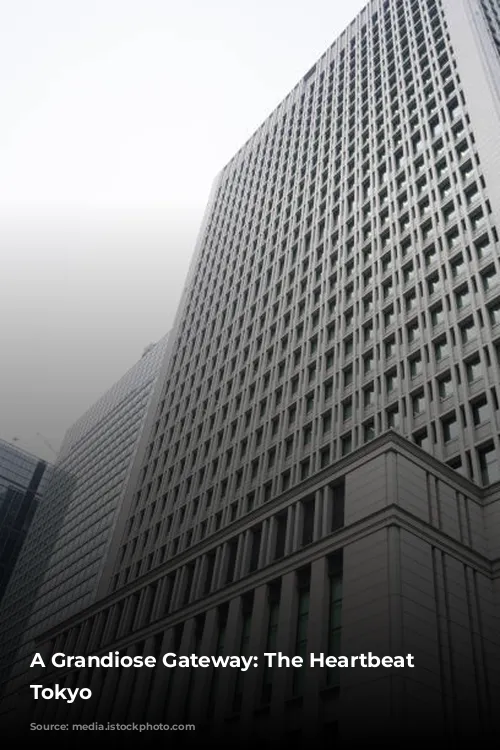
Beyond the Rails
On the station’s surface, a world of entertainment and services awaits. An art gallery has been a fixture since 1988, showcasing diverse exhibitions. The station also offers a vast area of coin lockers, providing convenience to travelers. The Tokyo Station Hotel, a luxurious establishment celebrating its centenary in 2015, provides a touch of elegance to the station, with room rates starting from ¥40,000 (approximately $283.90) per night.
As the sun sets, the station’s esplanade transforms into a mesmerizing display of illumination. A constant flow of taxis ferries passengers, adding a vibrant dynamism to the night scene.
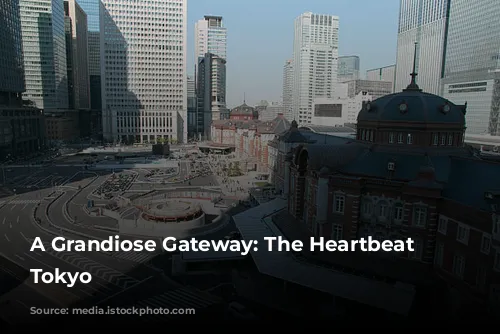
A Timeless Legacy
Tokyo Station has played a vital role in shaping Tokyo’s history and continues to be a symbol of the city’s growth and dynamism. The station’s centenary in 2015 was celebrated with special events, including limited edition products, a themed Suica card, and a Yamanote line train decorated in the station’s colors.
The legacy of Tokyo Station extends beyond its towering facade, with a replica located in Fuyaka, Saitama Prefecture. Though smaller than its namesake, the replica faithfully captures the architectural essence of the original station, a testament to the enduring impact of Tokyo Station.
Tokyo Station stands as a beacon of modern Japan, a testament to the country’s rich history, vibrant culture, and unwavering determination. As Tokyo continues to evolve, this iconic landmark remains a symbol of its enduring spirit, connecting people, cultures, and the past with the future.
